Companion planting is a time-honored approach to plant cultivation that has been passed down from generation to generation. It’s a natural, organic way to keep a garden healthy and get the most vegetables out of it. To successfully grow pumpkins, you must fully grasp the idea of companion planting. This in-depth article covers the best and worst plants to grow alongside pumpkins in order to help you optimize your harvest and keep your garden in good shape.
Companion Planting: An Overview
Growing plants together for mutual benefit is known as companion planting. It’s a natural technique to increase the yield of your garden, enrich your soil, keep pests at bay, and receive more crops from your garden. In order to create a garden environment that is healthy and full of life, this method of planting makes use of the natural interactions between particular species.
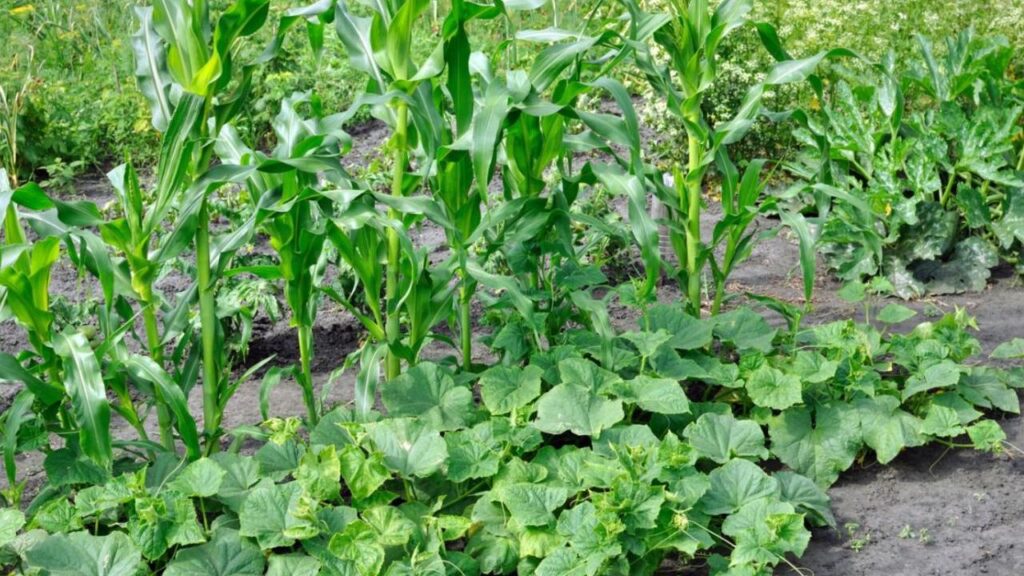
Your ability to select a larger number of pumpkins depends significantly on your choice of companions for your harvest. Pumpkins have unique requirements due to their tall stems and broad leaves, and they can gain a lot from growing close to the appropriate plants. However, you should avoid specific plants since they can prevent your pumpkins from growing.
Top 5 Pumpkin Companion Plants
The following five plants are ideal pumpkin partners to take into account while designing your pumpkin patch:
1. Corn: An important component of the Three Sisters Garden technique, corn offers a vertical growth structure that harmonizes with the languid pumpkin vines. Pumpkins serve as live mulch in exchange, which inhibits weed development and moisture loss. The advantages of companion planting are perfectly illustrated by the symbiotic interaction between corn and pumpkins.
2. Pole beans: Pole beans are a nitrogen-fixing plant that replenishes the soil’s vital nutrients, which pumpkins require to thrive. They are the third element in the Three Sisters Garden technique, collaborating with maize and pumpkins to produce a healthy garden ecology. But stay away from bush beans since pumpkin vines can encroach on them.
3. Eggplant: Due to their upright growth tendency, eggplants are a great choice as a pumpkin’s sidekick. Without competing for sunlight, they make use of various vertical niches in the landscape. Additionally, they create the natural pest repellant solasodine, which keeps pests out of your garden. Because of their complimentary growth patterns and shared pest control, eggplants and pumpkins are a fantastic combination.
4. Nasturtium: These vibrant blooms draw beneficial pollinators and predatory insects, serving as a living mulch and sometimes even a trap crop to keep pests away from your pumpkins. Nasturtiums enhance your garden’s aesthetic appeal while also improving its general well-being and effectiveness.
5. Radish: Radish plants serve as a “trap crop”, keeping pests away from the vines that support your pumpkins. Due to their quick growth, you can harvest them right before the pumpkin vines take over. Using radishes wisely might help safeguard your pumpkins from damaging bugs.

Three Plants to Keep Away From Pumpkins
Pumpkins might grow more slowly around some plants than others, while others are great companions for them. Here are three plants you should avoid growing near your pumpkin patch:
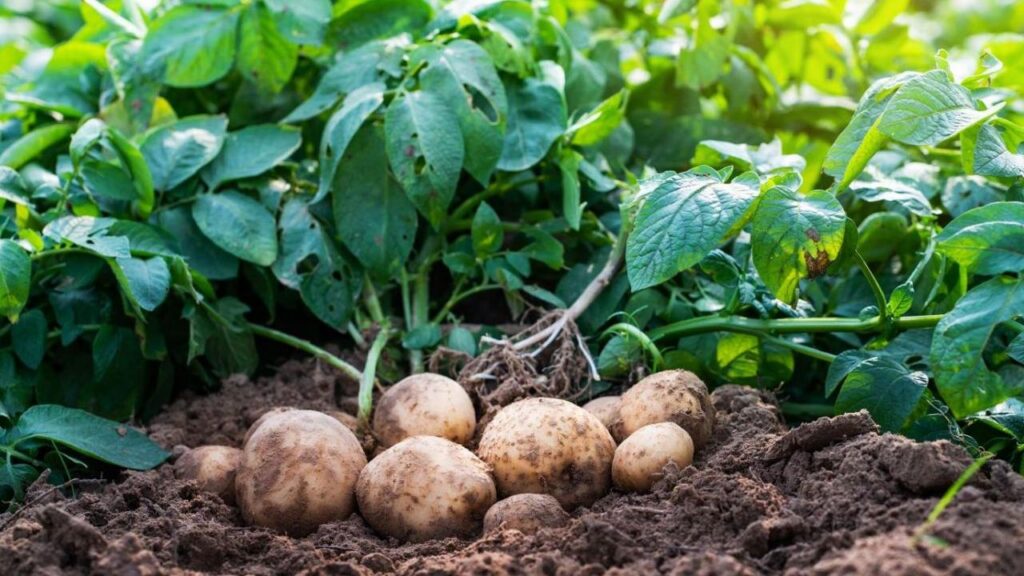
1. Potatoes: These veggies with deep roots have the potential to damage your pumpkin plants’ sensitive root systems. Pumpkin vines may be severely hampered by the process of hilling potatoes and digging them out during harvest. It’s ideal to keep potatoes in a separate space.
2. Brassicas: This family of vegetables, which includes broccoli, cabbage, and kale, has high nutrient requirements and can deplete your system of vital vitamins and minerals. Additionally, smaller brassica plants may be obscured by larger pumpkin vines due to their sprawling nature, which may hinder their growth and lower their yield.
3. Other Cucurbits: Squashes, melons, and cucumbers all have comparable weaknesses to pumpkins, making them both vulnerable to pests and ailments. Furthermore, cross-pollination may produce unexpected cross-breeds. These elements make other cucurbits a poor match for pumpkins.
Complimentary Planting in Your Pumpkin Patch
Now that you are aware of the plants that go well and poorly with pumpkins, it is time to put what you have learned into practice. When planning your yard, don’t forget to take plant growth patterns, nutritional requirements, and plant spacing into account. Your pumpkins will flourish if they are in good hands.
Consider how much room each plant will need before making a design for your garden. Pumpkin plants require a lot of space to spread out in order to flourish, so keep that in mind. Organize your plants so you may take use of their beneficial qualities. For instance, if planted next to maize, pole beans can use the corn stalks as a natural scaffold.
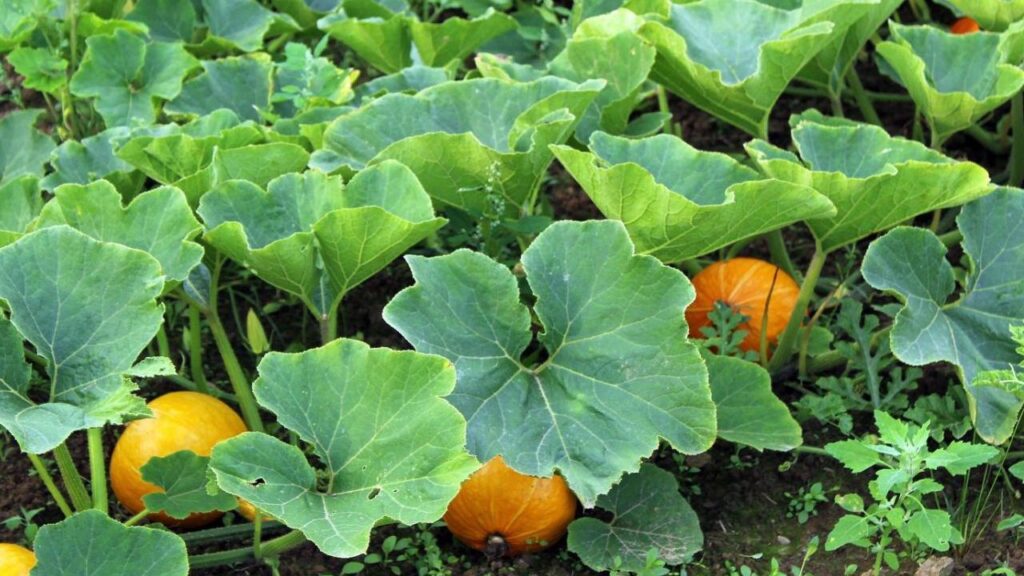
Make sure all of the plants in your garden are receiving the attention they require by performing routine inspections. Remember that a healthy plant is one that has all of its needs met. Each plant has a specific role to accomplish in order to maintain the yard’s overall health and productivity.
Conclusion
Use of companion plants is advised for all gardeners. You can increase your harvest and maintain the health of your yard by pairing the correct plants with pumpkins. Why not give it a shot then? You ought to be able to cultivate lots of pumpkins if you bear these suggestions in mind. Happy planting!
If you’d like more advice, learn more about pumpkin growing!

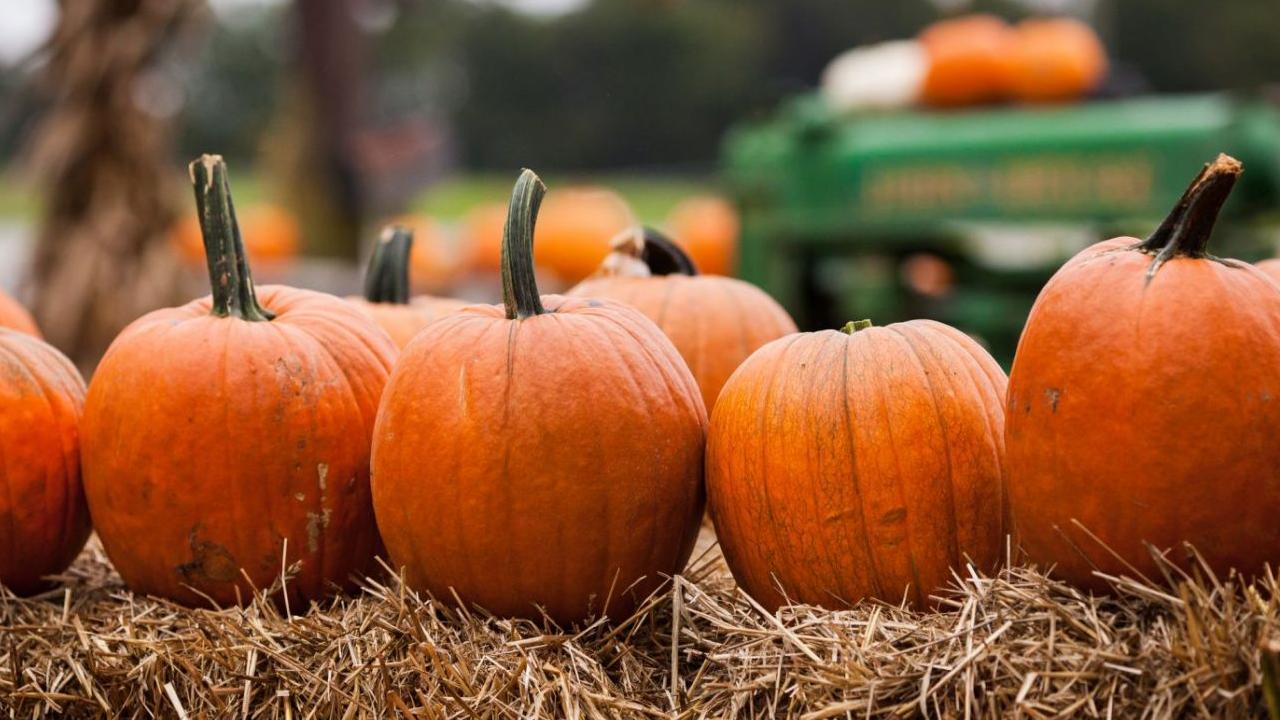
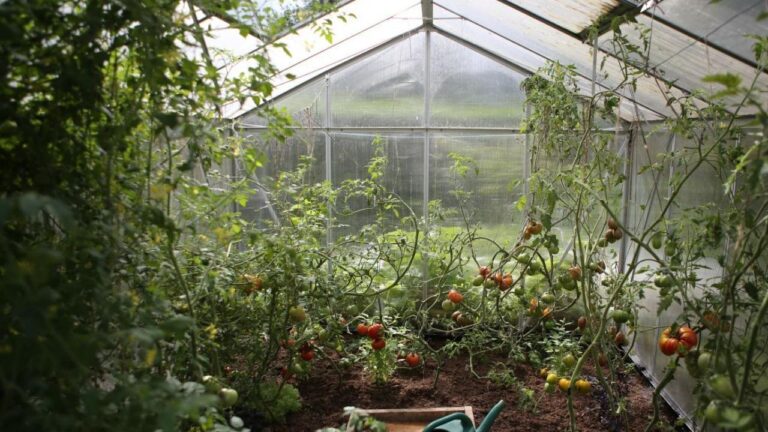
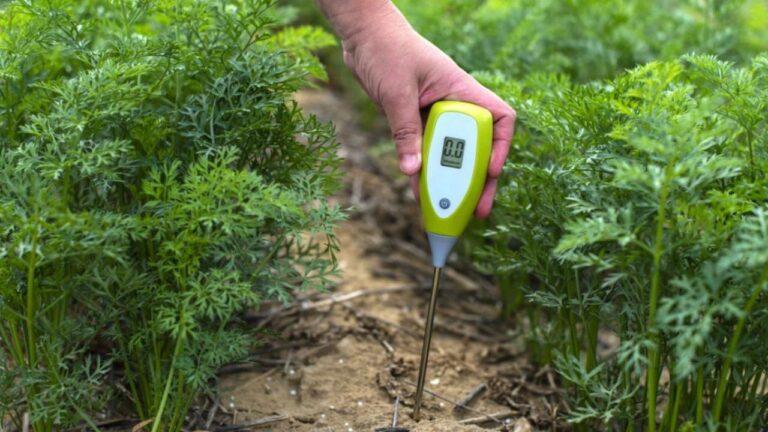
Leave a Comment